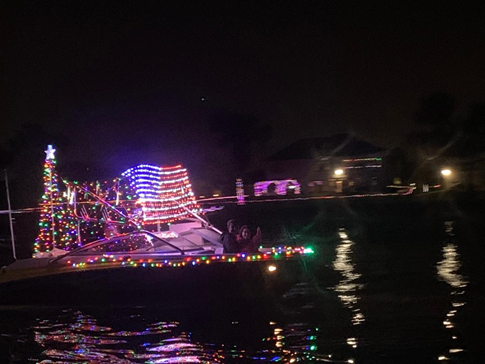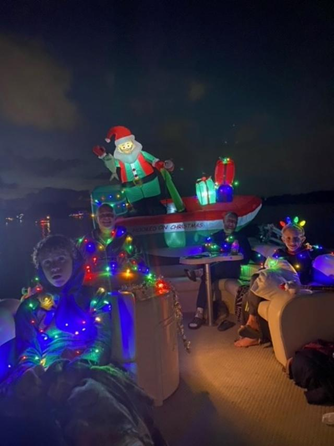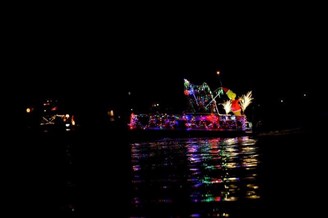February 23, 2021
Other Updates
John Schmidt
Lake Levels
Below is the 2020 Johns Lake water level chart. The 60-year historical average lake level is 92.12 but it has been much higher than that for the past decade. This past year the average was 95.58. The lake elevation change was similar to normal at about 3.3 feet this year. These readings are from the “official county survey data collection points”. Some variation above or below these readings is likely due to when the sample was taken, but overall, not significant. The water temperature got down into the high 50’s during the cold spell which is not unusual.
No Data Found
Outfall Drainage Updates
The study that Orange County and the Town of Oakland initiated is in the final stages. The consultants conducted a virtual meeting with our Board on November 3rd to go over their findings and the options. We had some questions and concerns about the next steps and there is more work to be done to complete this study. After the study is complete, they will decide on which projects to pursue, where the funding will come from, and how the “ditch or outfall” maintenance will be handled. Our initial reaction is that the options provided do not appear to provide the results we hoped would handle a 100-year rainfall event. When this is completed, we will share the study summary and final recommendations.
Hydrilla Update
In the next few weeks, the Florida Fish and Wildlife Commission (FWC) is planning to treat the southwest corner of the lake and will survey the smaller lake at the northwest corner of the lake near Johns Lake Landing (Clermont) any day now. They are also planning to stock another 1,000-grass carp in the spring. This type of carp cannot reproduce and prefers to eat hydrilla over other water plants.
When we get an exact date, we will let you know on Facebook @johnslakeimprovementassociation. Due to the recent treatment and the colder water temps, we have noticed the hydrilla is regressing. Please keep in mind this invasive species will never go away with the technology we have today.

Wildlife Activity
Duck Hunting season ended on January 31st and the birds are beginning their annual mating ritual.
Southern American Kestrels
In Johns Cove, we have been fortunate to have a Southeastern American Kestrel hanging around which is the smallest falcon found in the U.S. It’s a really pretty bird with a brownish back (dorsal) area with black flecking, a white belly (with males having fewer dark speckles on it), and black marks extending from the eyes downward. The colors of their wings differ by gender, as males have bluish-gray wings while females have brown wings. It is a non-migratory subspecies of kestrel found in open pine savannahs, sandhills, prairies, and pastures in Florida and the southeastern United States. It is listed as threatened in Florida due to a decline in nesting and foraging habitat.
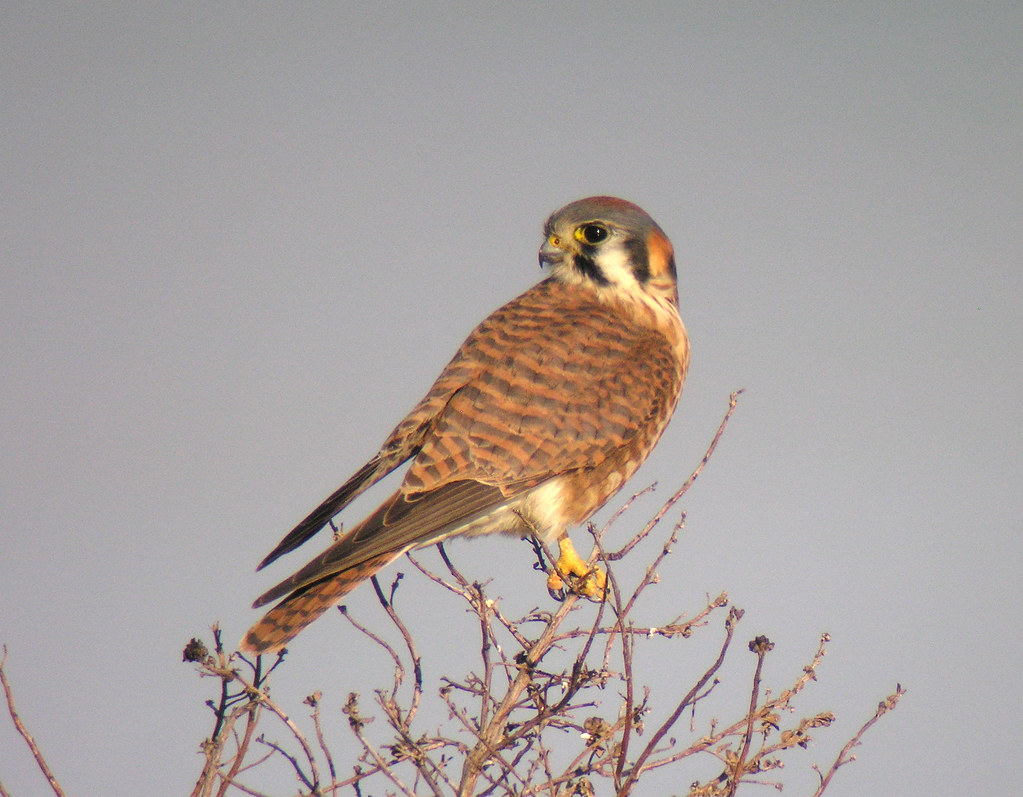
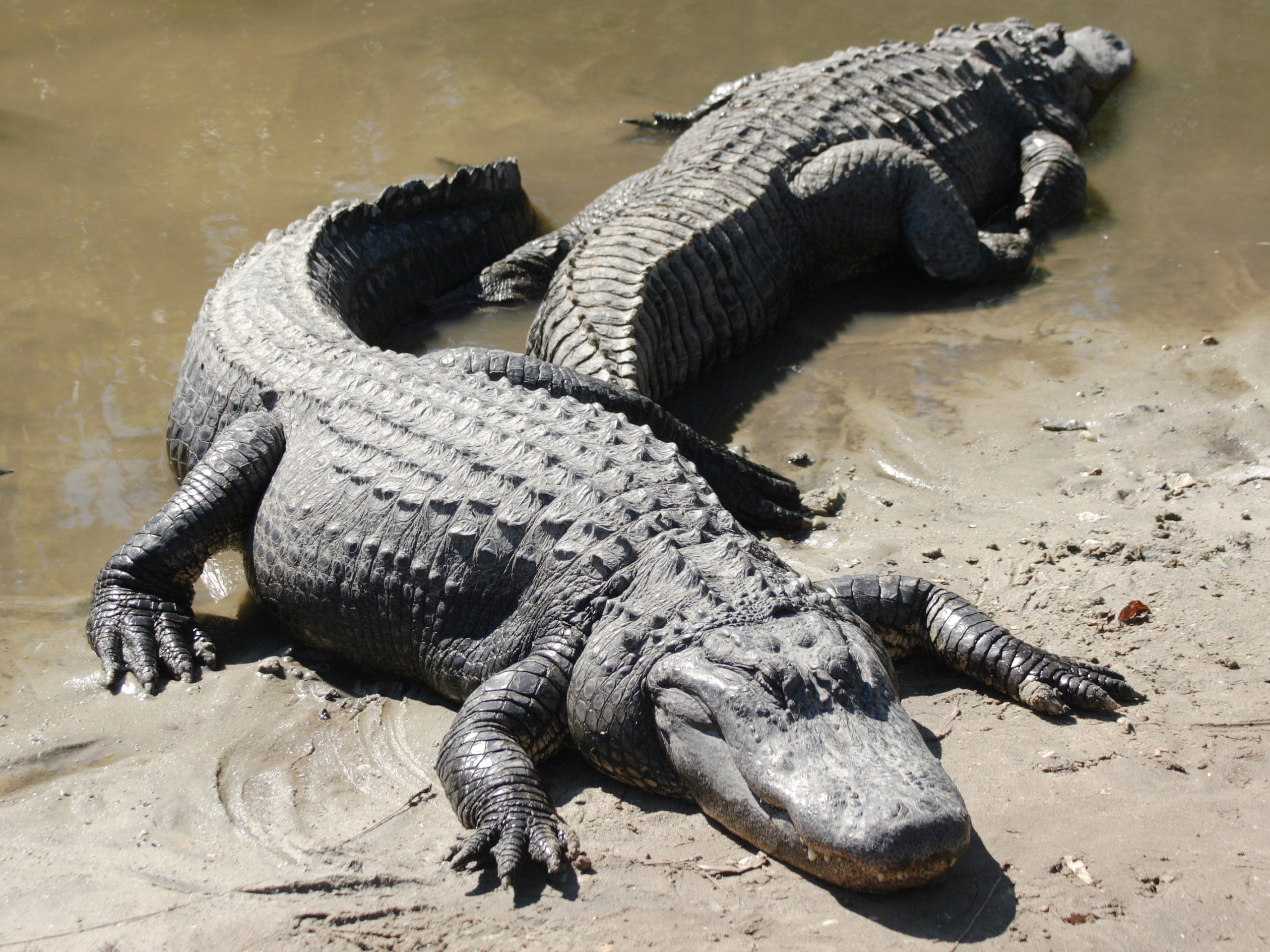
Alligators
We are not seeing many Alligators due to the colder air and water temperatures. Alligators are most active when temperatures are between 82° to 92°F. They stop feeding when the ambient temperature drops below approximately 70° F and they become dormant below 55° F. Alligators are dormant throughout much of the winter season. During this time, they can be found in burrows (or “dens”) that they construct adjacent to an alligator hole or open water, but they occasionally emerge to bask in the sun during spells of warm weather. So as the temperatures rises expect to see more of them again.


